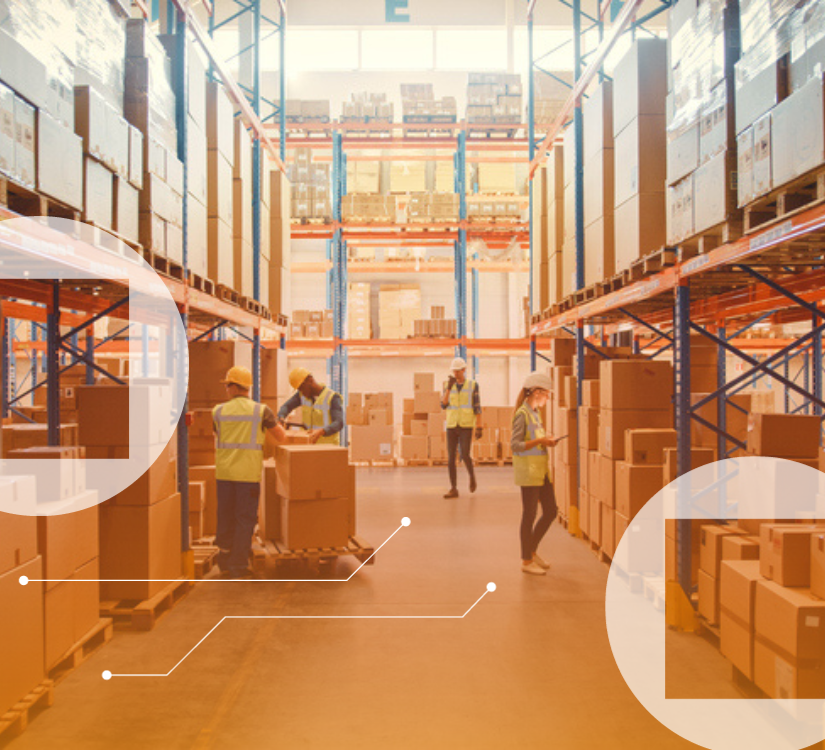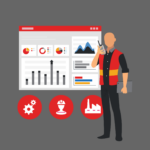
Studies have repeatedly shown that people like to do business with companies that support the same causes that they do.
A 2019 survey adds that 82% of consumers and 74% of investors believe that companies should be more committed to making the world a better place than making money for their shareholders. One way to achieve this goal is by creating a more circular economy.
What is a circular economy?
The U.S. Environmental Protection Agency (EPA) shares that a circular economy is one that helps restore and regenerate resources, using these available resources “for as long as possible” in an effort to reduce and/or eliminate waste. Creating this type of economy involves a two-prong approach.
One is on the front end and requires using fewer resources to design and manufacture goods. The other is more on the back end of the process and involves recapturing any waste created by the business, reusing this waste to the fullest extent possible.
The reason that this type of economy is referred to as being circular is that recycling, reusing and prolonging the life of resources means that these resources continue to be put back into the economy.
They go through a circular process whereby they are used, returned to the business and used again as many times as the resources can withstand while still withholding their integrity and serving a valuable purpose.
Creating a more circular economy helps protect the environment through the reduction of waste. This also means that more resources are available for future use, with a study co-conducted by McKinsey & Company and the Ellen MacArthur Foundation further finding that this type of economy can businesses save billions of dollars annually in costs and other economic benefits.
How to make your company more circular
If you’re ready to join the call for a more circular economy, there are several things your company can do to become a part of this effort, thereby helping to “make the world a better place.” Among them are:
- Recycling any excess materials left over after making your goods, also recycling any goods brought into your company for other purposes (such as setting up a recycle bin throughout your business where employees can put their paper and plastic waste)
- Finding ways to refurbish or remanufacture any products you produce that are malfunctioning, defective or otherwise cannot be sold or used
- Reusing or redistributing goods whenever possible
- Optimizing your returns process so you aren’t throwing away items that are returned but still useable or able to be resold
- Maintaining the life of your equipment, keeping it in optimal shape to help maximize its lifetime value and reduce the need to replace the equipment earlier than necessary
In addition to making these changes, talk about your commitment to creating a circular economy on your website and social media platforms. Let your consumers, investors and colleagues know the actions that you’re taking to fully utilize resources in an attempt to reduce waste and limit environmental impact.
This helps others in your community and supply chain recognize that you understand how important this cause is to them. It also shows that you’re a company committed to a better tomorrow, so much so that you’re willing to take the actions needed today to do your part in making this a reality for generations to come.
SIMOS Solutions can help optimize your returns process to eliminate waste and recirculate items back into sellable inventory.
Learn more about our returns process here or get in touch with our team here.



